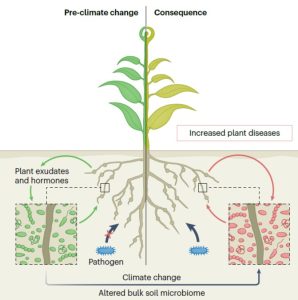Xiaomin Liu: Plant Physiology First Author
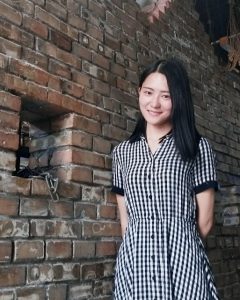 Xiaomin Liu, co-first author of “Fruit crops combating drought: physiological responses and regulatory pathways”
Xiaomin Liu, co-first author of “Fruit crops combating drought: physiological responses and regulatory pathways”
Current Position: PhD, College of Horticulture, Northwest A&F University, China
Education: 2012.09–2016.06 Shanxi Normal University (B.Sc.); 2016.09–2019.06 Northwest A&F University (M.Sc.; PhD)
Non-scientific interests: Playing Badminton
Brief bio: I graduated from College of Life Science, Shanxi Normal University in 2018. The undergraduate study gave me a preliminary understanding of horticulture. In the same year, I was honored to join the Stress Biology of Fruit Trees NWAFU led by Professor Fengwang Ma and my PhD advisor is Professor Chao Li. Currently I am working on the efficient use of water and nutrients in apple. In the past five years, I have published 4 SCI papers as the first author.
共同第一作者:刘晓敏
目前职位:西北农林科技大学园艺学院,在读博士
教育经历:2014.09–2018.06,山西师范大学,学士;2018.09至今,西北农林科技大学,硕士,博士在读
兴趣爱好:打羽毛球
个人简历:本人于2018年毕业于山西师范大学,本科期间的学习使我对园艺专业有了初步的认知。同年有幸加入西北农林科技大学园艺学院苹果逆境生物学团队,团队负责人是马锋旺教授,导师是李超教授。目前研究方向是苹果自身水分和养分高效利用。近五年来,以第一作者身份发表SCI论文4篇。


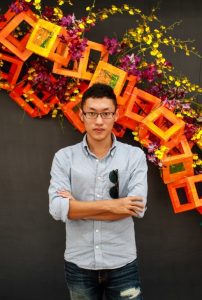 Xiaochang Yin, co-first author of
Xiaochang Yin, co-first author of  Francisco J. Romero-Campero, co-first author of
Francisco J. Romero-Campero, co-first author of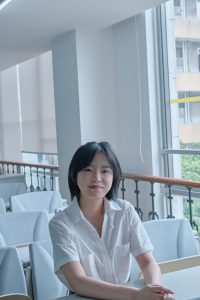 Minqi Yang, co-first author of
Minqi Yang, co-first author of Hesham M.B. Sayed, first author of
Hesham M.B. Sayed, first author of  Sunil Kenchanmane Raju, first author of
Sunil Kenchanmane Raju, first author of 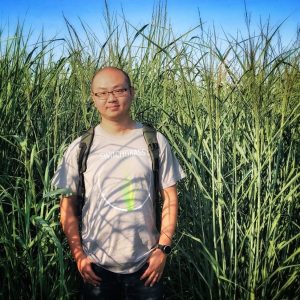 Xiaoyu Weng, first author of
Xiaoyu Weng, first author of 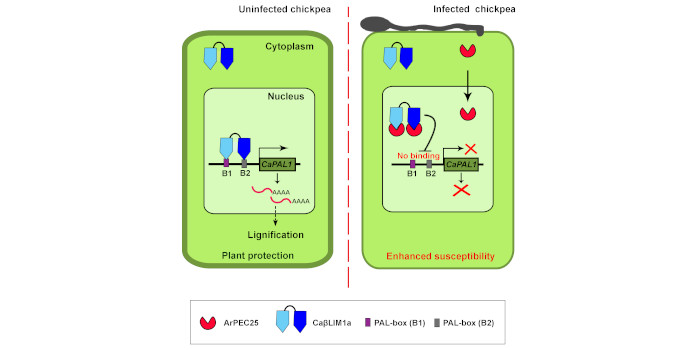 Findings: The early expressed effector ArPEC25 is essential for fungal virulence on chickpea. ArPEC25 is secreted by fungi and moves to the chickpea nucleus where it physically interacts with LIM transcription factors. The chickpea nuclear-localization of ArPEC25 is essential for its virulence activity, since it disrupts the DNA-binding activity of a CaβLIM1a factor, resulting in reduced expression of a phenylalanine ammonia-lyase (PAL) gene. The PAL enzyme is an important protein of the phenylpropanoid pathway that produces various molecules including lignin to provide structural strength to the plant cell. Thus, one mechanism by which ArPEC25 manipulates the host is by suppressing lignin levels in chickpea.
Findings: The early expressed effector ArPEC25 is essential for fungal virulence on chickpea. ArPEC25 is secreted by fungi and moves to the chickpea nucleus where it physically interacts with LIM transcription factors. The chickpea nuclear-localization of ArPEC25 is essential for its virulence activity, since it disrupts the DNA-binding activity of a CaβLIM1a factor, resulting in reduced expression of a phenylalanine ammonia-lyase (PAL) gene. The PAL enzyme is an important protein of the phenylpropanoid pathway that produces various molecules including lignin to provide structural strength to the plant cell. Thus, one mechanism by which ArPEC25 manipulates the host is by suppressing lignin levels in chickpea.